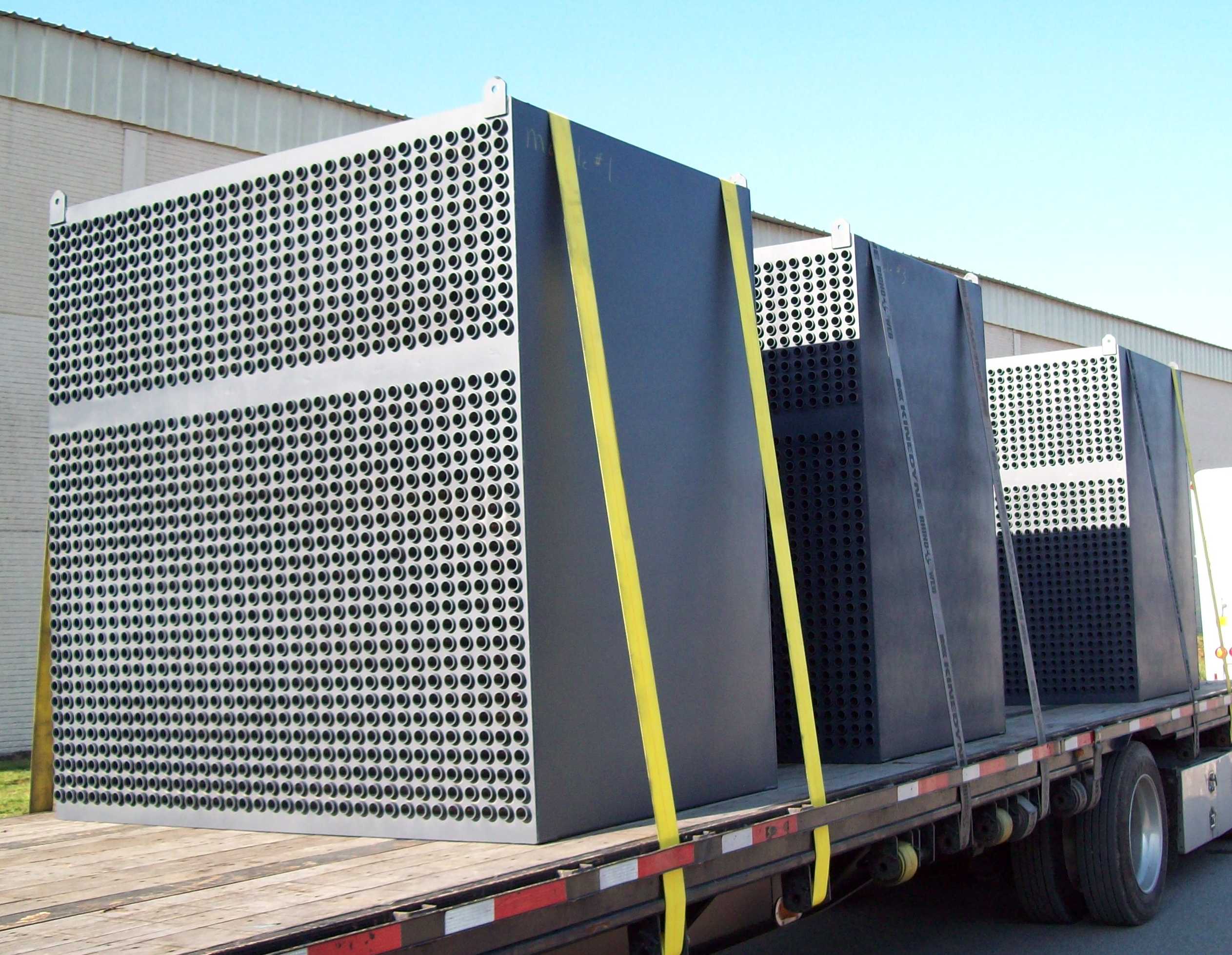Air heaters are common pieces of equipment in power plants because they serve a crucial purpose. An air heater unit accounts for 10 to 15% of a unit’s thermal efficiency. It reduces fuel cost, reduces parasitic loses, and helps achieve environmental compliance. When an air heating unit is operating at max efficiency, a power plant benefits.
When it doesn’t, however, a plant’s performance suffers.
A properly-maintained air heater results in lower fuel costs and lower emissions, constant and controllable exit flue gases, lower fan amperages, and overall boiler efficiency. This last benefit is due to the fact that every 40-degree increase in fresh air inlet temperature results in a 1% increase in boiler efficiency.
Unfortunately, there are several problems that commonly occur with plant air heaters that can result in drops in overall efficiency, which result in bottom-line losses.
How Air Heaters Are Commonly Damaged
There are a few different ways air heaters are typically damaged to the point that they need to be repaired or replaced. These include:
- Corrosion
- Erosion
- Mechanical
Corrosion typically occurs at the fresh air inlet or when temperature drops below the acid dew point. Most corrosion happens between 225 degrees F and 285 degrees F acid dew point. When ammonia bisulfate is present, corrosion can also occur up to 325 degrees F. Additionally, some fuel types can promote accelerated corrosion rates.
Erosion is most often caused by flue gases, fly ash, and improper fan velocity. This is usually found on the internal and external surface of the tube and on the tubesheets itself. Erosion affects the surface integrity of the heater, which can affect air flow and impact efficiency, as well as result in leakage. Leakage caused by erosion can result in lower exit gas temperature, lower temperature for combustion air, and a higher load on the draft fans.
Finally, there are several types of mechanical damage, such as soot blower damage, chemical injection, and extreme temperature warping. Each of these forms of damage can result in lower efficiency and higher repair costs if they’re not identified quickly and then repaired.
Repairing Damaged Air Heaters
There are a few methods we use to repair damaged air heaters. These include:
- Plugging/plating
- Sleeving
- Partial re-tubing
- Full length re-tubing
- Mechanical cleaning
- Tube sheet replacement
Some are more complicated, and thus more expensive, than others. For example, a full length re-tubing involves a three-step process that consists of cutting out the entire section of tubes and replacing them with new versions. While that sounds simple, it actually is complex and can take more time than other types of repairs.
You don’t want to get to the point where you need a full length re-tubing or tube sheet replacement, or some other repair that is time and resource-intensive. The best way to avoid this is to employ regular and consistent inspections of your air heaters, so you can identify problems before they occur.
If you can nip a problem in the bud, you can save time and money and cut down the cost of the repairs you’ll eventually have to make as your unit reaches the end of its operational lifespan.
Contact Southern Field for more information on inspecting and maintaining your air heater units and getting the most efficiency from this critical unit.


